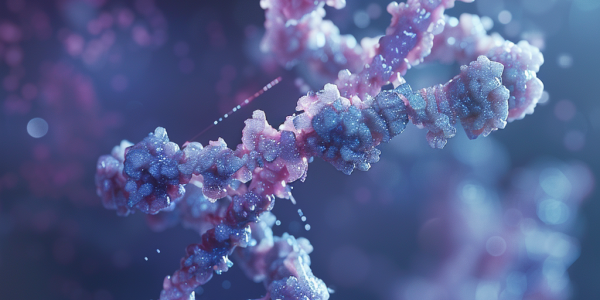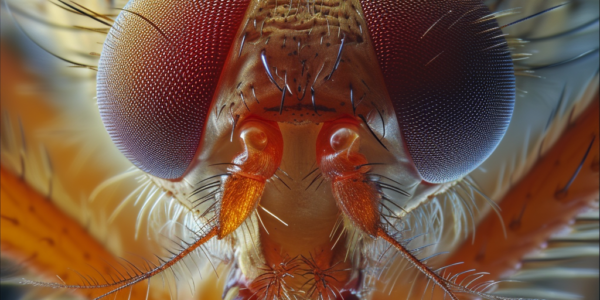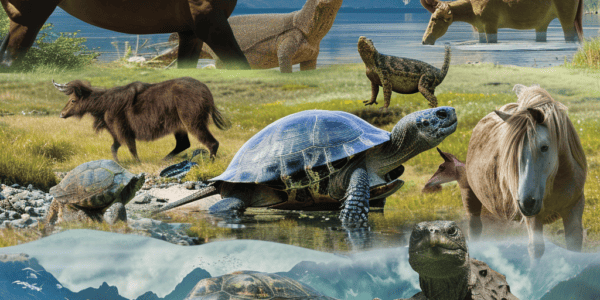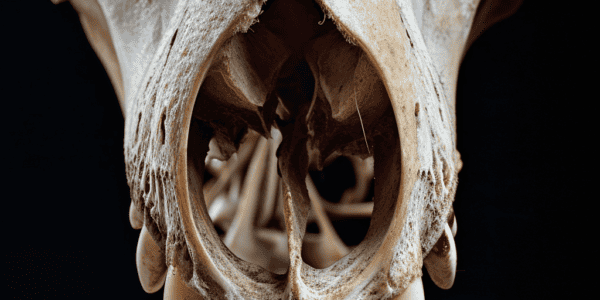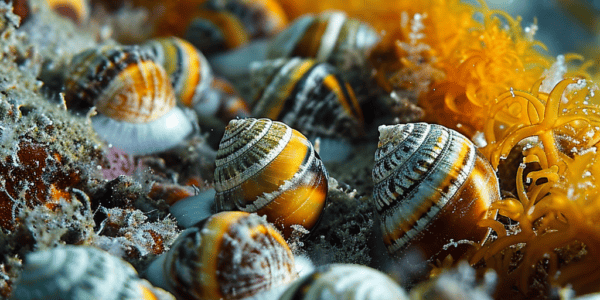The Emergence of Selectively Advantageous Instability in Biology
Discover how the concept of ‘selectively advantageous instability’ (SAI) is challenging traditional ideas of stability and evolution in biology. Professor John Tower from USC Dornsife explains how a certain level of instability in biological components can be beneficial for cells, leading to increased genetic diversity and adaptability. Learn about the dual nature of instability in biology and its implications for cellular resources and energy consumption.
Rare Evolutionary Event Unfolds as Two Lifeforms Merge into Single Organism
Discover the extraordinary event of primary endosymbiosis, where two distinct lifeforms merge into a single organism, marking a significant leap in evolution. Learn how this rare occurrence has shaped life on Earth, with examples like mitochondria and chloroplasts, and how researchers have now observed a new fusion between Braarudosphaera bigelowii and UCYN-A, offering insights into the development of new biological functions and adaptations.
The Evolution of Chemosensory Tissues in Drosophilids
Discover the latest study on the evolution of chemosensory tissues and cells in Drosophila species published in Nature Communications. The research delves into the variability of chemosensory tissues among different species and the underlying genetic and cellular mechanisms, providing new insights into understanding evolutionary changes in chemosensory tissues at both global and individual gene levels.
New Evolution Theory Explains Why Animals Shrink Over Time
Why animals shrink explained with new evolution theory 18 January 2024 The mystery behind why Alaskan horses, cryptodiran turtles, and island lizards shrunk over time may have been solved in a new study. The new theoretical research proposes that animal…
New Insights into the Evolutionary History of Picrodontids
A recent research paper published in Biology Letters has provided new insights into the evolutionary history of picrodontids, an extinct family of placental mammals. The study, co-authored by Jordan Crowell, an Anthropology Ph.D. candidate at the CUNY Graduate Center, Stephen…
Genetic Basis of Transition to Live-Bearing in Marine Snails Revealed
A recent study published in the journal Science has shed light on the genetic basis of a transition from egg-laying to live-bearing in marine snails. This transition, which has evolved repeatedly across animals, provides an opportunity to understand the genetic…

